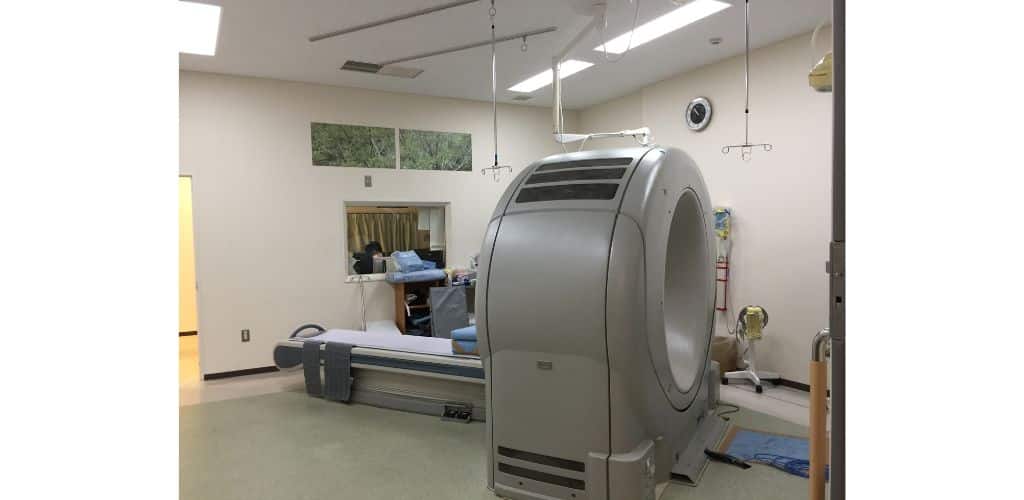The Federal Circuit has affirmed a decision by the Patent Trial and Appeal Board (PTAB or Board) finding that a combination of prior art references requires only an implicit indication of a reasonable expectation of success.
The case is Elekta Ltd. v. Zap Surgical Systems.
Elekta Limited owns U.S. Patent No. 7,295,648, titled “Method and apparatus for treatment by ionizing radiation.”
The ’648 patent discloses a device for treating a patient with ionizing radiation for certain types of radiosurgery and radiation therapy. It uses a radiation source — a linear accelerator (“linac”) mounted on a pair of concentric rings to deliver a beam of ionizing radiation to the targeted area on the patient.
The ’648 patent contains apparatus and method claims. There is one independent, apparatus claim (Claim 1) and one independent, method claim (Claim 18).
Claim 1 is illustrative and recites:
1. A device for treating a patient with ionising radiation comprising:
a ring-shaped support, on which is provided a mount,
a radiation source attached to the mount;
the support being rotateable about an axis coincident with the centre of the ring;
the source being attached to the mount via a rotateable union having a [sic] an axis of
rotation axis which is non-parallel to the support axis;
wherein the rotation axis of the mount passes through the support axis of the support
and the radiation source is collimated so as to produce a beam which passes through
the co-incidence of the rotation and support axes.
In 2019, ZAP Surgical Systems, Inc. filed a petition for inter partes review (“IPR”) with the PTAB challenging certain claims of the patent as obvious in light of prior art.
One of the prior art references (Grady) disclosed an X-ray tube mounted on a sliding arm connected to a rotating support.
Another prior art reference (Ruchala) disclosed a linac-based tomotherapy treatment system, like a CT scanner, where the patient remains still and the linac and detector rotate around the patient.
Elektra argued that
a skilled artisan would have been dissuaded from combining the devices because one device was an imaging device, rather than a radiation device, and because the linac’s weight would render the Grady device inoperable, imprecise, and unsuitable for treatment.
The Board concluded that a skilled artisan would have been motivated to combine the asserted prior art references.
Elekta appealed, raising three issues:
- The Board’s findings on motivation to combine were not supported by substantial evidence.
- The Board failed to make any findings (explicit or implicit) on a reasonable expectation of success.
- Even if the Board made such findings, they were not supported by substantial evidence.
The court noted that
Obviousness is a question of law with underlying factual issues relating to the “scope and content of the prior art, differences between the prior art and the claims at issue, the level of ordinary skill in the pertinent art, and any objective indicia of non- obviousness.”
The PTAB had noted that an obviousness determination doesn’t always require prior art to expressly state a motivation for every obviousness combination. The Federal Circuit agreed with the Board’s finding that motivation to combine was supported by substantial evidence.
On Elekta’s second argument, the court stated that “an obviousness determination requires finding that a person of ordinary skill in the art would have had a reasonable expectation of success,” in combining prior art references.
The Court concluded that, unlike with the determination of motivation to combine, which must be based on an explicit analysis, a finding of a reasonable expectation of success could be implicit.
On the third argument, the court found that even if the Board had made an implicit finding on reasonable expectation of success, there was no evidence to support it.
The Court concluded that the evidence showing a motivation to combine also showed a reasonable expectation of success.
The court thus affirmed the Board’s decision.
Just like the haiku above, we like to keep our posts short and sweet. Hopefully, you found this bite-sized information helpful. If you would like more information, please do not hesitate to contact us here.


